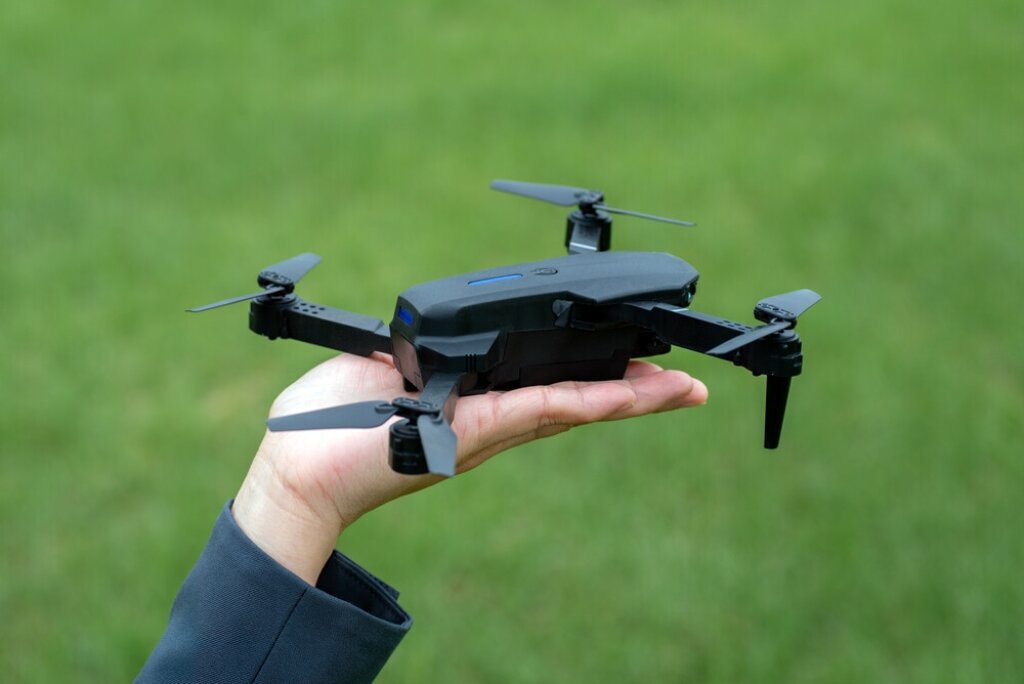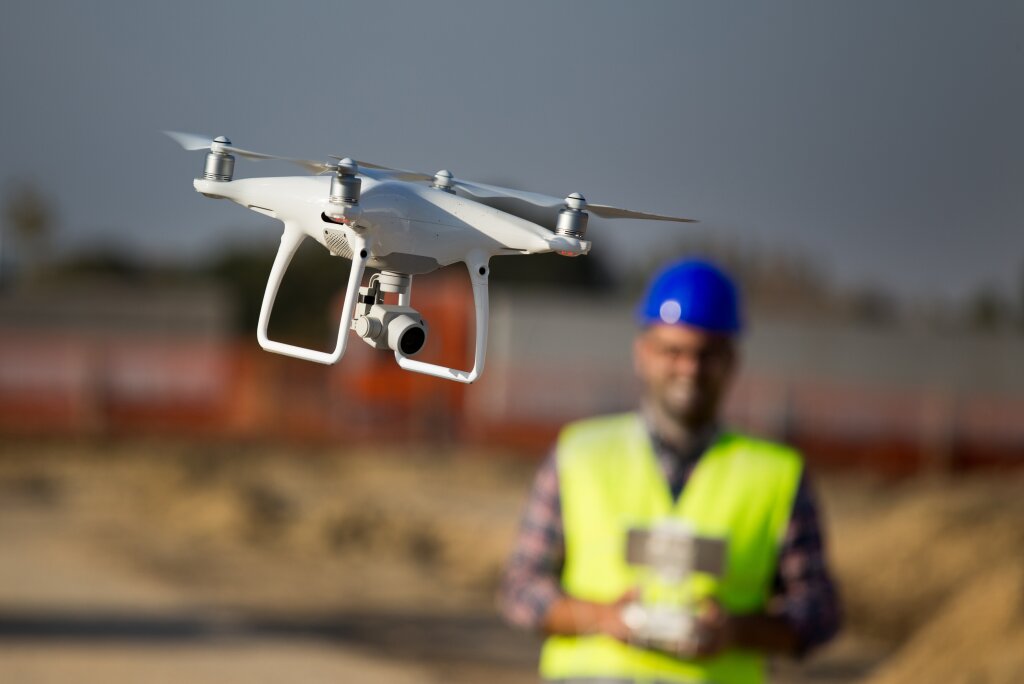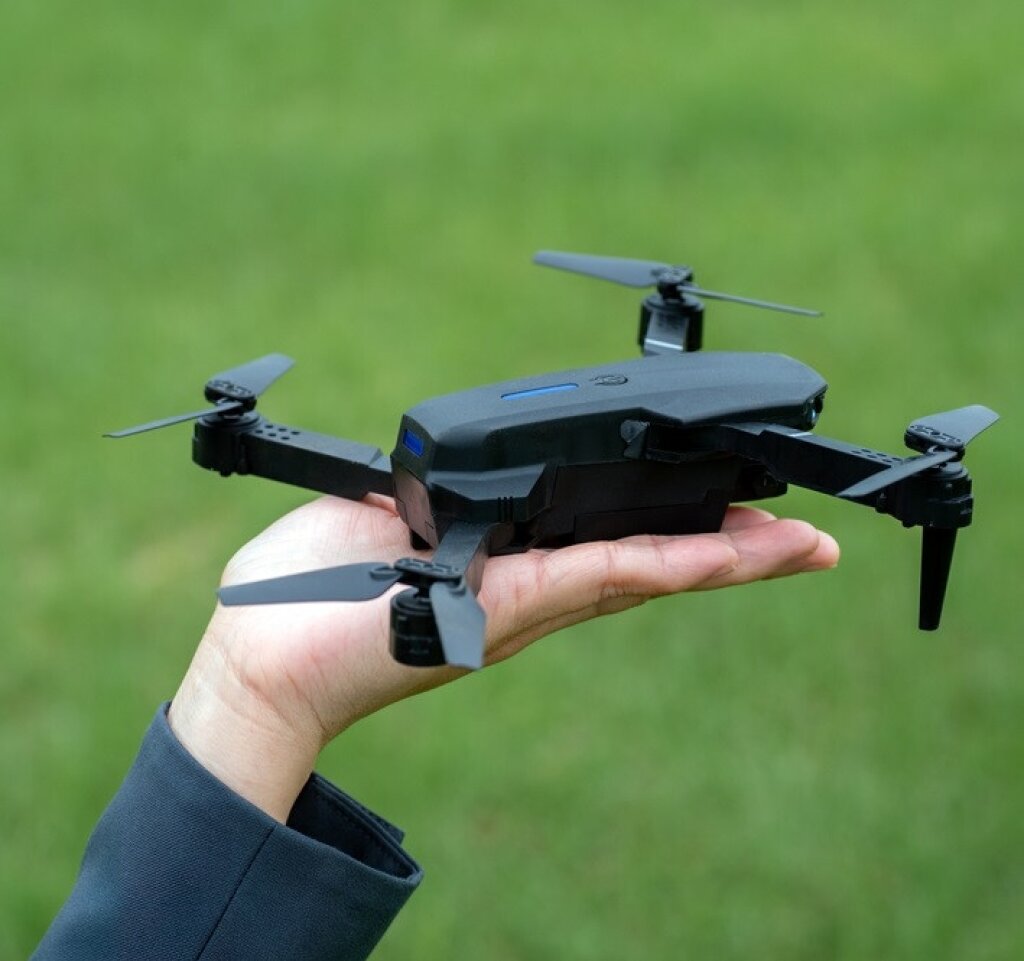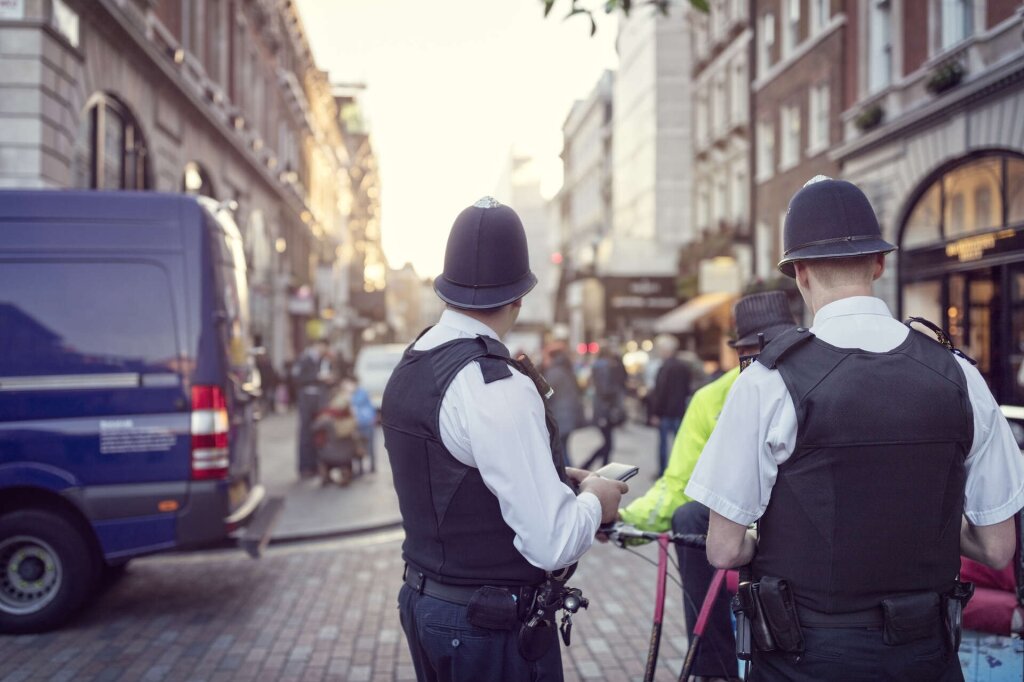Eyes in the Sky: How Drones Are Redefining Privacy in the U.S.
Technology never waits for society to catch up. While lawmakers and courts deliberate, engineers and innovators move forward, delivering tools that change the world in real time. Few technologies illustrate this better than drones. Once the domain of the military, these small flying machines are now in the hands of farmers, filmmakers, hobbyists, real estate agents and, increasingly, police departments and private security firms.
The Federal Aviation Authority records that more than 822,000 drones have been registered in the United States for commercial or recreational use, as of July 2025.
Drones bring many benefits: they help find missing people, survey disaster zones, deliver packages and even monitor endangered wildlife.
However, drones also raise one of the biggest civil liberties questions of our time: What happens to privacy when the sky itself becomes a surveillance platform?

From Battlefield to Backyard
The first drones - then called unmanned aerial vehicles (UAVs) - were born out of military need. Their mission was simple but high stakes: reconnaissance in hostile territory without risking pilot lives. They provided a literal bird’s eye view of conflict zones and changed the way modern warfare worked.
It didn’t take long for the technology to spill over into civilian life. As batteries got lighter, cameras got sharper and software got more user friendly, drones became available to anyone with a credit card and curiosity. Now they’re as likely to be filming a wedding as a forest fire.
What was once top secret military hardware is now a toy on store shelves, and that’s both the wonder and the problem.
The Drone Privacy Question
Privacy used to have clear boundaries. A fence kept prying eyes out. Curtains stopped a nosy neighbor from looking in. However, drones are masters at getting around those limits. They can hover silently at 200 feet, zoom in with telephoto lenses, or even look through thin curtains.
Some have thermal cameras that can detect body heat. Others can pick up sound or even intercept wireless signals. These capabilities have triggered a public debate: When does aerial observation become a privacy violation?
Consider the personal story of one US resident who reported drones peering into her home at night, seven nights a week, despite multiple calls to emergency services. She’s documented every incident with photos and diary entries and still has no help from authorities. Whether her case is an isolated incident or part of a growing trend, it captures the feeling many of us now have: loss of control over who can see into our lives.
Legal Gray Areas Regarding Drones
The law has been slow to catch up. In the US, drone regulations vary wildly by state, with the Federal Aviation Administration (FAA) only providing broad guidelines. Some states require warrants for certain types of aerial surveillance; others have almost no drone-specific privacy laws at all.
This patchwork of laws creates confusion. For example:
Alaska Supreme Court
In 2022 the court ruled police need a warrant to use a zoom lens for aerial photos, and cited Alaska’s right to privacy protections. The case stemmed from officers photographing private property suspected of illegal marijuana growing without prior judicial approval.Texas Privacy Act
Enacted in 2013, this law restricts drone surveillance over private property and critical infrastructure. Journalists challenged it by arguing that the law infringed on press freedoms. The Fifth Circuit Court ultimately upheld the law, saying the state’s interest in privacy outweighed the press’s aerial ambitions.Michigan Supreme Court
A case before the court questions whether township officials violated the Constitution by using drones to capture images of private property during a zoning dispute, all without a warrant.
These cases illustrate the central tension: public interest and safety vs individual right to be free from monitoring.

Beyond the Law: Ethics in the Air
Even when drone use is legal it may still cross an ethical line. A hobbyist filming a neighborhood block party might think they’re just documenting community spirit, yet guests may not appreciate being recorded without consent. Similarly, police using drones for crowd control might spark suspicion among peaceful protesters.
Ethical drone operation means more than following the rules. It means respecting others’ privacy, being transparent about recording and using technology for the public good not just because you can.
The Technological Countermeasures
If drones create new privacy problems, technology can also solve them. Two solutions stand out:
Geofencing
This software-based boundary prevents drones from entering restricted airspace, such as airports, prisons or designated residential areas. Many manufacturers now include geofencing by default but determined operators can sometimes bypass it.Drone Detection Systems
Companies are developing tools that can detect and identify drones in real time and even pinpoint the pilot’s location. This not only deters illegal surveillance but also allows property owners or authorities to respond quickly to unauthorized flights.
These drone countermeasures won’t eliminate all risks but can tip the balance back to privacy, especially if combined with strong laws.
When Law Meets Sky: Why Courts are Stuck
Part of the problem is that traditional privacy laws were built around physical boundaries. The idea was that what happens in your home or behind your fence is private, unless someone physically intrudes. Drones erase that neat line and enable strangers to collect intimate details from above without setting foot on your property.
That’s why many Fourth Amendment cases are now grappling with whether aerial surveillance is a “search” that requires a warrant. Courts have been all over the map, sometimes ruling that anything visible from public airspace is fair game, and other times saying that new technology changes what we can reasonably expect to keep private.
Public Awareness of Drone Rights
For privacy to survive in the drone era the public needs to know their rights and understand the tools available to protect them. Many people don’t know that they can sue if a drone films their property without permission. Others don’t know that in some areas local ordinances ban low-altitude flights over residential areas.
Education campaigns, whether by community groups, schools or drone hobbyist clubs, can fill that knowledge gap. Teaching operators about responsible flight is just as important as informing citizens about their rights.
A Cultural Shift in Privacy
Drones are part of a broader shift in how we think about privacy. The combination of small powerful cameras and global connectivity means that almost anything can be recorded and shared instantly. The way people casually post images of strangers online reflects this new normal, but also raises uncomfortable questions about consent.
If we accept constant aerial observation as normal the concept of private space could erode faster than the law can adapt. Or if we push for strong privacy protections now, we might preserve the freedom to live without feeling watched from above.
The Way Forward: Balancing Drone Benefits and Boundaries
There’s no denying drones are useful. They can inspect bridges without putting workers lives at risk, track wildlife migration patterns and deliver medicine to remote areas. In emergencies such earthquakes or floods they can be lifesavers.
However, with great power comes great responsibility. Lawmakers, manufacturers and drone operators must work together to set clear rules, design with privacy first and not lose public trust to reckless or malicious use.
The best solutions will be multi-layered: Tougher Laws – Federal guidelines on where drones can fly and what they can record.
Better Policing
Tools to catch rogue drones and hold operators accountable.Ethical Standards
A culture of privacy that says no to intrusive behavior even when it’s legal.Community Engagement
Communities involved in decisions on drone use in local policing, events and services.
Conclusion: Drone Surveillance
The drone and privacy debate isn’t going away. As drones become more capable - flying longer, farther and with more advanced sensors - the temptation to use them for surveillance will only increase.
The challenge is to make sure that this technology serves humanity and not only our freedoms.
If we get it right, drones will be tools of progress and safety, not symbols of a sky that’s always watching. If we get it wrong, we may find our last truly private spaces have been taken, not by someone breaking in through the door but by someone piloting a drone that hovers quietly above.
Related Articles
Facit Compliance Technology
Facit is a leader in privacy compliance technology. Contact Facit to learn how you can protect data in videos and documents, and share content compliantly.



